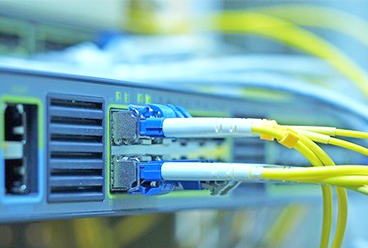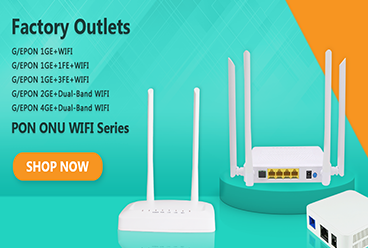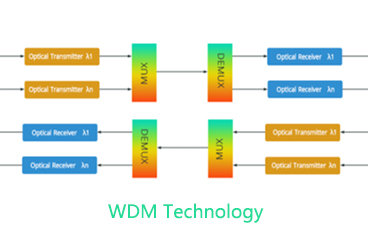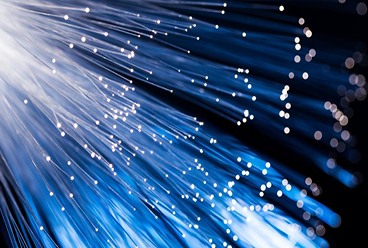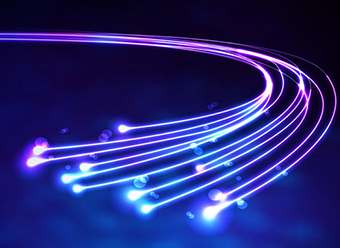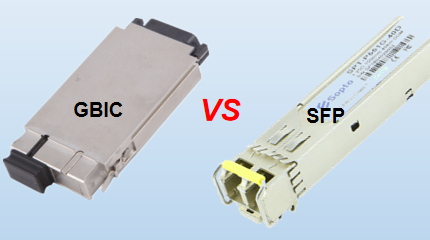The following is a detailed introduction to GPON (Gigabit Passive Optical Network) and EPON (Ethernet Passive Optical Network), covering technical definitions, architecture, working principles, application scenarios, advantages and disadvantages.
What is GPON?
GPON (Gigabit Passive Optical Network) is a telecommunications standard for passive optical networks (PON) defined by the ITU-T (International Telecommunication Union - Telecommunication Standardization Sector) under the G.984 series.
Features of GPON
● Downstream bandwidth: 2.488 Gbps
● Upstream bandwidth: 1.244 Gbps
● Encapsulation: Uses GEM (GPON Encapsulation Method) to encapsulate data.
● Efficiency: High efficiency with dynamic bandwidth allocation (DBA).
● Split ratio: Supports up to 1:128 (commonly 1:64)
● Typical applications: FTTH (Fiber to the Home), FTTB (Fiber to the Building), triple-play services (voice, video, data)
What is EPON?
EPON (Ethernet Passive Optical Network), standardized by IEEE as 802.3ah, is a PON technology that uses Ethernet packets for data transmission.
Key Features of EPON
● Downstream bandwidth: 1.25 Gbps
● Upstream bandwidth: 1.25 Gbps
● Encapsulation: Uses Ethernet framing directly.
● Efficiency: Simpler due to native Ethernet format.
● Split ratio: Supports up to 1:64
● Typical applications: Business broadband, campus networks, residential access
Feature | GPON | EPON |
Standard | ITU-T G.984 | IEEE 802.3ah |
Downstream Rate | 2.488 Gbps | 1.25 Gbps |
Upstream Rate | 1.244 Gbps | 1.25 Gbps |
Data Encapsulation | GEM (proprietary encapsulation) | Ethernet |
Efficiency | Higher due to better bandwidth management (DBA) | Lower, but simpler implementation |
Latency | Lower (better QoS support) | Higher |
Cost | Higher | Lower |
Interoperability | Less flexible, vendor-dependent | Better compatibility with Ethernet systems |
Use Case Suitability | Ideal for triple-play and residential services | Ideal for enterprise and campus networks |
Both GPON and EPON are widely used in fiber access networks, but they serve slightly different needs
Scenario | Recommended Technology | EPON |
High-bandwidth, secure networks | GPON | Ideal for enterprise/government users, hospitals |
Cost-sensitive residential areas | EPON | Suitable for mass FTTH deployments in residential |
Surveillance with frequent upstream traffic | GPON | Better upstream handling and efficient bandwidth |
Networks requiring Ethernet compatibility | EPON | High compatibility with existing Ethernet systems |
If you're building a new FTTH network or upgrading your current infrastructure, your decision will depend on factors like service requirements, budget, vendor ecosystem, and future scalability.




